
Money scales in decorated pearwood case
1763-1779

1763-1779

1772-1781
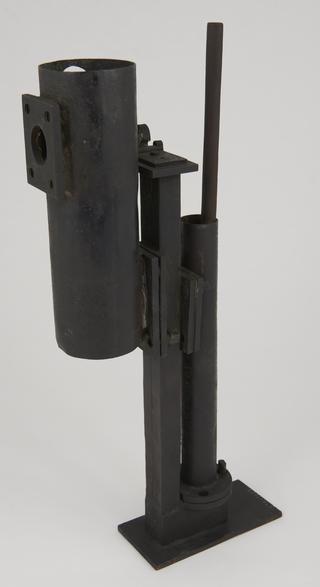
1775
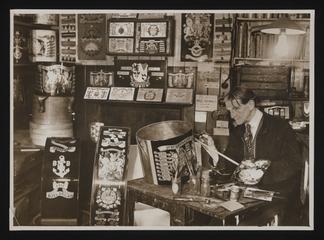
1943-02-06
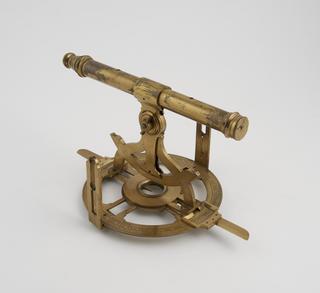
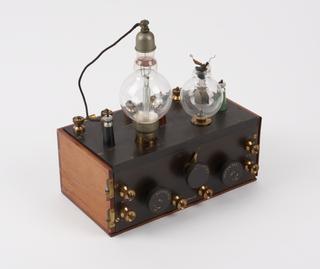
1917
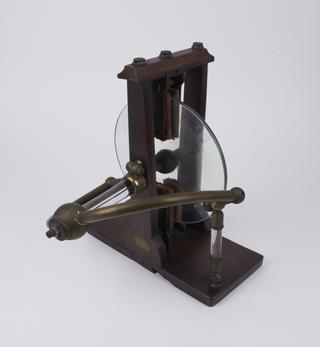
1812
1781
1730
1850-1875
c.1783
1964
1892
1812-1814
1902-1912
1987
1987-05-18
1917
1983-09-01